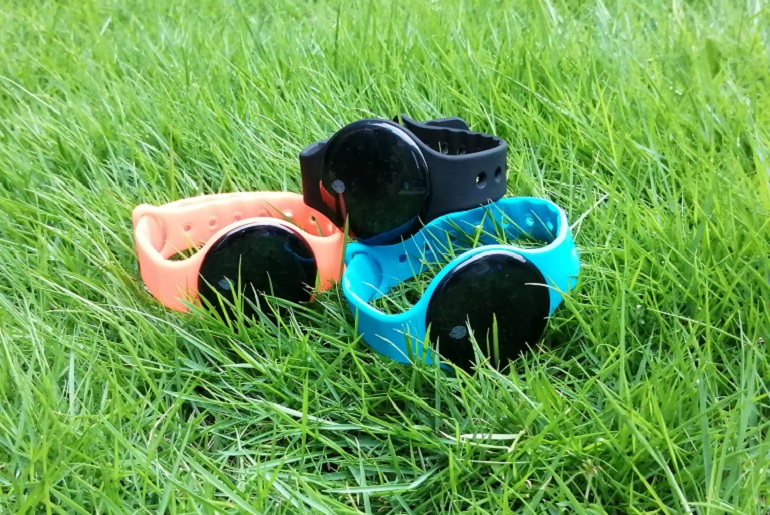With the Covid-19 is around the globe, China, Denmark and France recommend social distancing of one metre; Australia, Germany and Italy recommend 1.5 metres, and the US recommends six feet, or 1.8 metres. The UK, meanwhile, is reconsidering its relatively large two-metre distancing rule, but has attracted criticism from top scientists for doing so.
Why such a range of “safe” distances? That’s because social distancing is a complex problem with many variable influencing factors.
When we breathe, talk, cough and sneeze, thousands of droplets are expelled from our mouth and nose. The size of these droplets varies – some may be millimetres in size and some might be many thousands of times smaller. The larger droplets, which carry more virus particles, settle more quickly due to gravity. The smaller droplets, carrying fewer particles, can remain suspended in the air for hours.
Whether we are indoors or outdoors, in school, at work, on public transport or in the supermarket, the flow of air, ventilation, temperature and humidity will influence what happens to respiratory droplets.
KKM has developed a social distancing alarm K18 & K58(S), Smart LoT’s new invention – Smart Distancing Sensors on Premise – can also help. LoT, which stands for the internet of things, refers to a system of interrelated mechanical and digital computing devices that can send data over a network without the need for person-to-person or person-to-computer interaction.
K18 & K58(S) are wearable Bluetooth Low Energy (BLE) & RFID device designed as a technological aid to control the distance between people in workplace, school, and public area, prevent people getting too close with each other. It can also use for tracking and managing the proximity of Contracts between people via IoT gateway.

Our Advantages
Wristband or pendant wearing, stylish and portable
Light and small (23g, DIA*40mm*10mm)
Vibration/Sound/ LED Flash/Mute optional to alert
Work without smartphone or App.
Group control
Rechargeable battery
Auto Sleep mode
Adjustable distance
Distancing history recording

